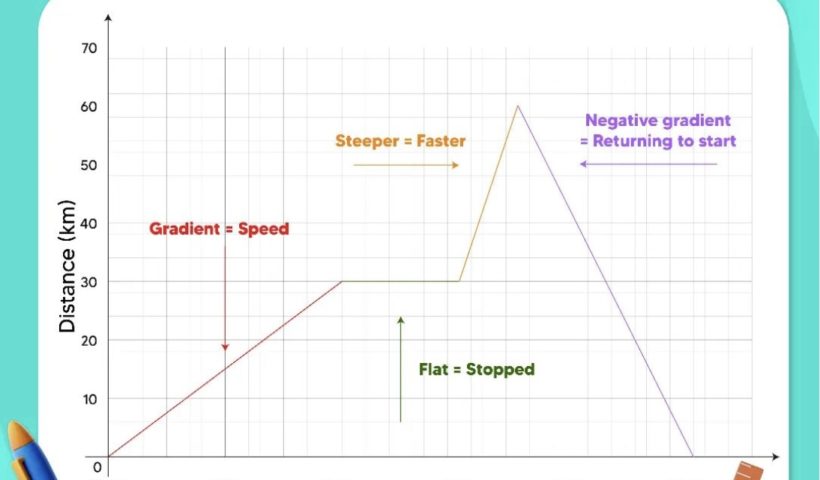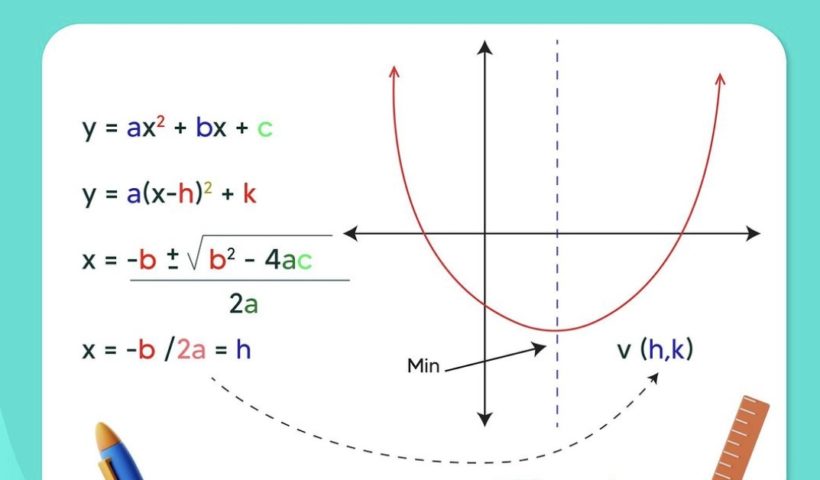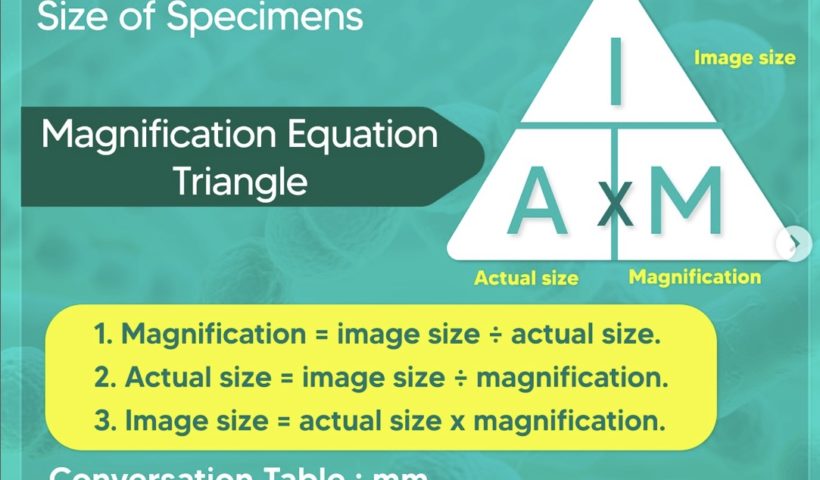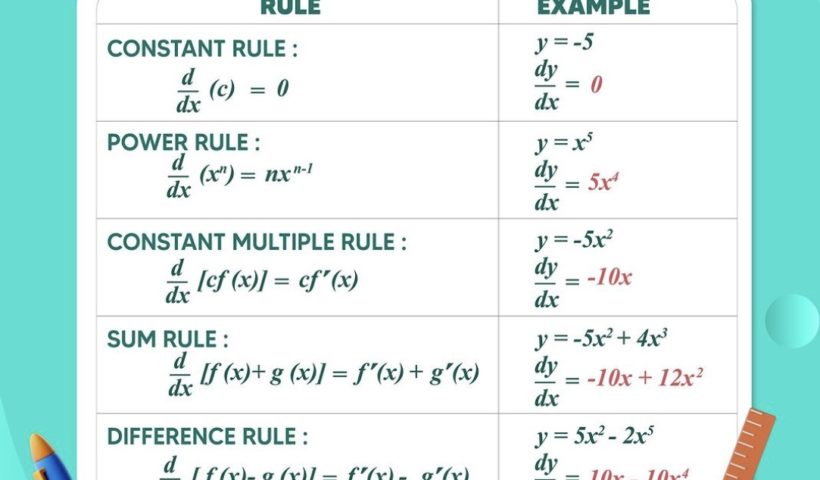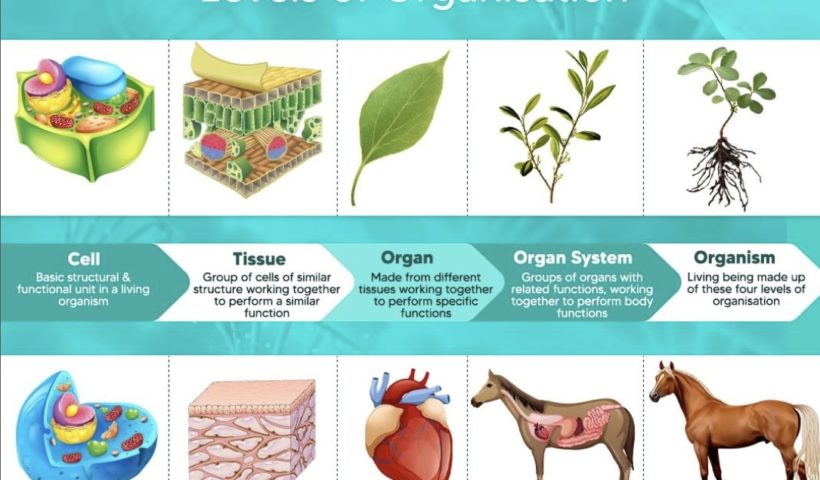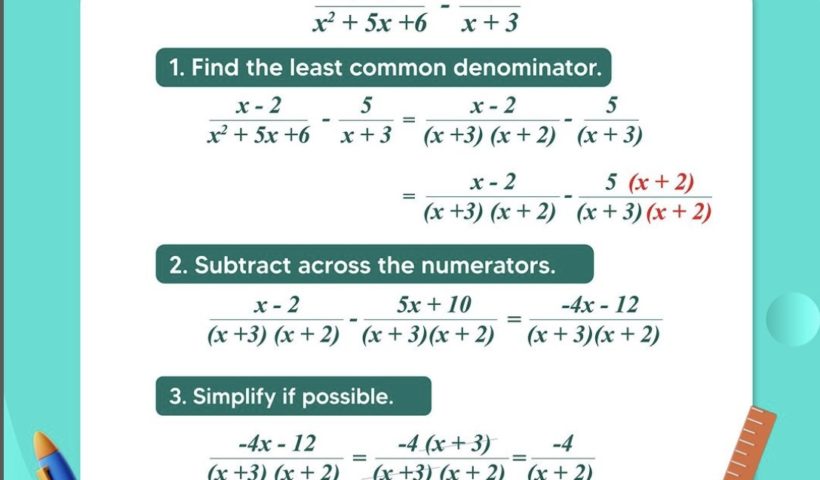[Please watch the video attached at the end of this blog for a visual explanation on the Ultimate Guide to Travel Graphs] Travel graphs fall…
View More Ultimate Guide to Travel Graphs| Cambridge IGCSE MathematicsBlog
Master Quadratic Functions | Cambridge IGCSE Mathematics
[Please watch the video attached at the end of this blog for a visual explanation on Master Quadratic Functions] Quadratic functions are generally given in…
View More Master Quadratic Functions | Cambridge IGCSE MathematicsBeyond Perception: Exploring the Secrets of Organism Size | Cambridge IGCSE Biology
[Please watch the video attached at the end of this blog for a visual explanation on Beyond Perception: Exploring the Secrets of Organism Size] Topic…
View More Beyond Perception: Exploring the Secrets of Organism Size | Cambridge IGCSE BiologyMastering Basic Differentiation Rules | Cambridge IGCSE Mathematics
[Please watch the video attached at the end of this blog for a visual explanation on Mastering Basic Differentiation Rules] Differentiation is a key lesson…
View More Mastering Basic Differentiation Rules | Cambridge IGCSE MathematicsDiscovering the Complexity: Exploring the Levels of Organization within Organisms | Cambridge IGCSE Biology
[Please watch the video attached at the end of this blog for a visual explanation of Discovering the Complexity: Exploring the Levels of Organization within…
View More Discovering the Complexity: Exploring the Levels of Organization within Organisms | Cambridge IGCSE BiologyMastering Algebraic Fractions | Cambridge IGCSE Mathematics
[Please watch the video attached at the end of this blog for a visual explanation on Mastering Algebraic Fractions] What are Algebraic Fractions? Algebraic fractions…
View More Mastering Algebraic Fractions | Cambridge IGCSE Mathematics
